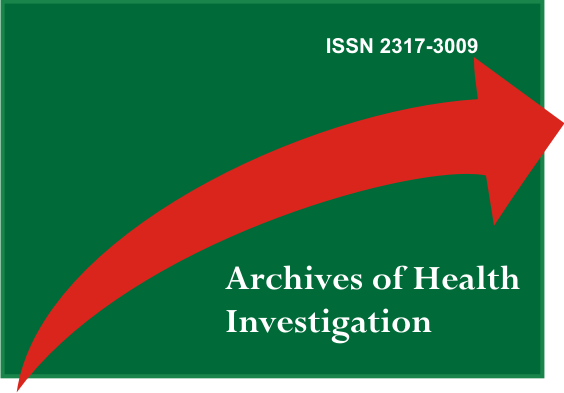HGMB1 and rage mediates Ti oral osseointegration in C57BL/6 mice
Abstract
The releasing of High Mobility Group Box 1 (HMGB1) and its binding with Receptor for Advanced Glycation End Products (RAGE) has been implicated with several cellular effects, which include triggering sterile inflammation and regulating healing outcomes. However, the effects of HMBG1/RAGE pathway along osseointegration remains unexplored. In this study, the HMGB1 and RAGE inhibition in the Ti-mediated osseointegration were investigated in C57Bl/6 mice. C57Bl/6 mice received a Ti screw in the edentulous alveolar crest and were evaluated by microscopic (microCT and histological analyses) and molecular analysis (PCRarray) along 3, 7, 14 and 21 days. Mice were divided into 4 groups: Control (with no treatment); Vehicle; GZA (IP injection of GZA, for HMGB1 inhibition, 4mg/Kg/day); RAP (IP injection of RAP, for RAGE inhibition, 4mg/Kg/day). Treatments were given along all experimental time points, starting 1 day before surgeries. In the Control and Vehicle groups, osseointegration was characterized by a slight inflammatory response at early time points, followed by a gradual bone apposition and matrix maturation at late time points. The inhibition of HMGB1 or RAGE caused the failure of osseointegration, affecting the dynamics of mineralized and organic matrix deposition, characterized by a foreign body reaction, with persistence of macrophages, necrotic bone and foreign body giant cell along all experimental time points. Additionally, while osseointegration in Control was characterized by a balance between M1 and M2- type response, with a higher expression of ARG1, IL10, TGFβ, and MSC markers, RAP and GZA groups presented a higher expression M1 markers and pro-inflammatory cytokines (IL1b, IL6, TNFα), chemokines and chemokines receptors (CCL5, CXCL3, CCR2, CCR5), and MMPs until later time points. In conclusion, HMGB1 and RAGE have a role along osseointegration, by their influence in the balance of inflammatory markers, macrophages polarization and MSC migration, which collectively modulates osseointegration outcome.Apoio Financeiro: FAPESP nº 2014/095
Descritores: Osseointegration; HMGB protein; Titanium; Dental Implant.
Downloads
Download data is not yet available.
Downloads
Published
2019-02-05
How to Cite
Tabanez AP, Taga R, Rodrigues DC, Garlet GP, B. C. F. C. F. A. S. E. (2019). HGMB1 and rage mediates Ti oral osseointegration in C57BL/6 mice. ARCHIVES OF HEALTH INVESTIGATION, 7. Retrieved from https://archhealthinvestigation.emnuvens.com.br/ArcHI/article/view/4371
Issue
Section
Ciências Básicas


